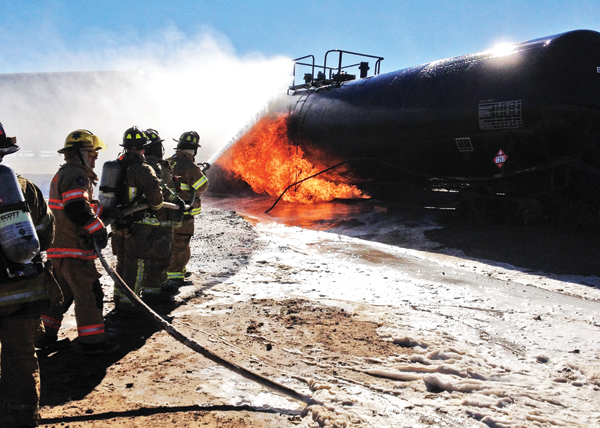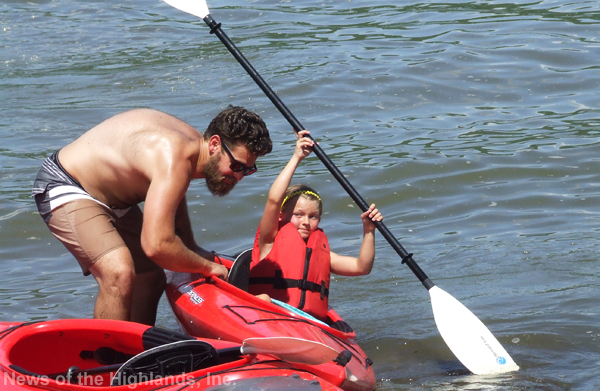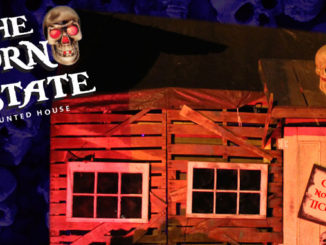
Through funding provided by the Department of Homeland Security, seven Cornwall-on-Hudson firefighters, as well as Water Department Superintendent Robert June were able to attend Crude by Rail Training at the Security and Emergency Response Training Center in Pueblo, Colorado.
Members of Storm King Engine Co. #2, who attended the week-long training exercise included firefighters Ben Friedlander, Kerri Hogan, Phil Kurpeawski, Patrick Conley, Brian Strenge, Assistant Chief Mike Trainor, and 2nd Lieutenant Carlos Asencio.
Training took place over a three-day period. Participants were broken into two classes of roughly 38 students each. Days began around 6:30 a.m. with the students returning to their hotel around 5 p.m. each night.
Day one consisted of classroom training. Instructors provided a history of the facility and of rail cars/railroads, as well as changes forthcoming to the current rail cars.
“One of the biggest concerns is the 11 tank cars,” Trainor said. “They are currently being phased out. They will be phased out by May 2018. They’re being replaced with newer improved 117 cars or the retrofitted 1232 cars.”
Trainor said it’s important to note rail cars are not owned by the railroad companies, but rather the individual shippers. The railroad is just a conduit to get the cars from point A to point B. He added in 2005 there were 9,500 trains carrying crude oil. That number is expected to jump to 250,000 in the near future.
The first day of training also included a review of some of the larger rail car incidents to take place in Canada and the United States.
The students learned how to identify specific parts of the rail car, using the same terminology the railroad companies use.
“This way when we make contact with them, we understand what they are saying and we can communicate with them in a manner they’re used to,” said Trainor.
Students were back in the classroom for the first half of day two. The second half saw the participants head out to the field for some live training. They learned how to stop the flow of crude oil (damming and diking), or any other materials, from contaminating waterways, drainage pipes, etc. They were familiarized with the different foam applications and cooling techniques on rail car fires. Trainor said it takes 20,000 gallons of water to cool one rail car and one hour to cool a rail car 100 degrees.
There was also a demonstration of a boil over – when the crude oil gets so hot it boils out of the rail car.
The final day of training was reserved for what Trainor described as “play time.” The students were put through four simulations, all involving train car incidents/derailments, with different magnitudes of fire.
The final scenario, Trainor explained, entailed a large-scale derailment involving eight or nine tanker cars. Derailment took place at two locations with active fires at each.
“We had to split up into two fire suppression crews,” Trainor said. “We had to cool the eight or nine rail cars and apply foam to the fire for extinguishment.”
Trainor said the task is not glamorous and entails pouring copious amounts of water onto the cars to cool them down enough to apply fire suppressant foam. He said it’s not like a structure fire where numerous things are happening at once.
Once the training was complete, each participant was sent home with a flash drive allowing them to share the information with other firefighters. Some of the volunteers have already expressed interest in attending additional training exercises.
After the holidays, Trainor said, the various emergency response agencies, as well as the village departments, will get together to come up with a preliminary response plan to a train incident.



